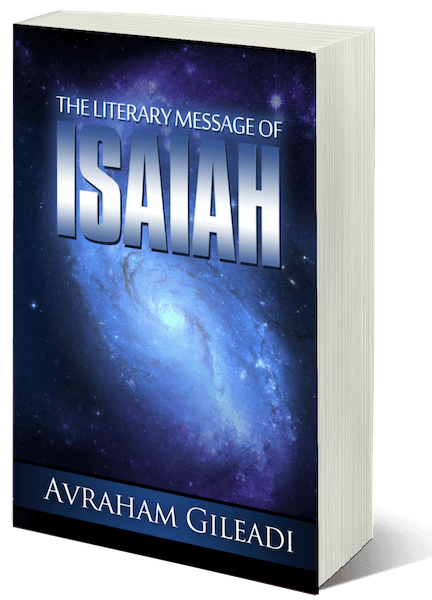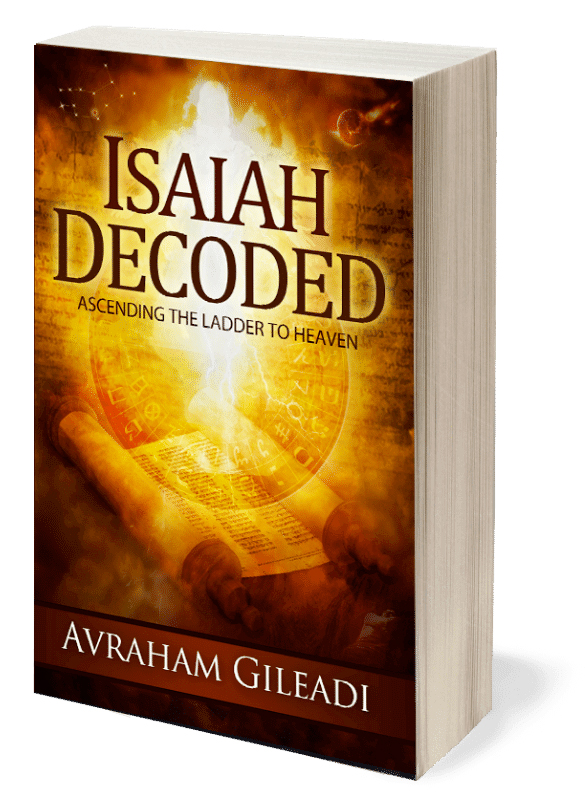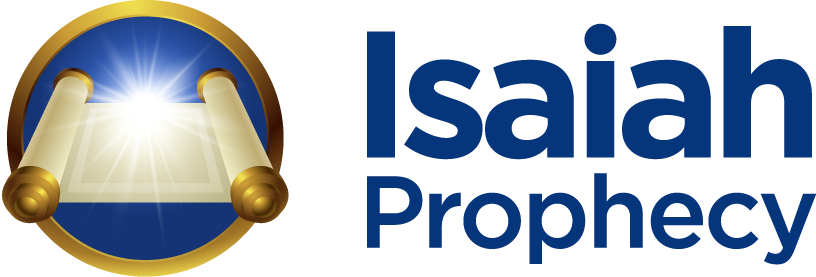a1—Jehovah raises up righteousness from the east (Isaiah 41:2).
b1—Idolatrous nations and rulers turn into dust and stubble (Isaiah 41:2–7); mountains and hills become dust and chaff (Isaiah 41:15).
c1—Jacob/Israel is not forsaken (Isaiah 41:17); Israel’s Holy One regenerates and creates the wilderness (Isaiah 41:17–20).
d1—Idolaters are an abomination, worth nothing (Isaiah 41:21–24).
e1—Jehovah raises up (ha‘iroti) the warrior figure from the sunrise (Isaiah 41:25ab).
f1—Dignitaries are trodden down as mud and clay (Isaiah 41:25cd); false diviners are but wind and chaos (Isaiah 41:29).
g1—The creator of heaven and earth creates the servant, endows him with his Spirit, appoints him as a light—the subject of nonweariness (Isaiah 42:1–6).
h1—Jehovah desolates the earth and its vegetation, dries up lakes and rivers—Jehovah’s victory over his enemies (Isaiah 42:13–15).
i1—Jehovah guides the blind by his light, levels the uneven ground (Isaiah 42:16).
j1—Idolaters retreat in confusion (Isaiah 42:17).
k1—Jacob/Israel magnifies the law and becomes illustrious because of Jehovah’s righteousness (Isaiah 42:21).
l1—Jacob/Israel is a prey, consumed by fire for transgressing Jehovah’s law (Isaiah 42:22–25).
m1—Jehovah creates Jacob/Israel (Isaiah 43:1); Jehovah’s people are immune to the elements as they return from exile (Isaiah 43:2–7).
n1—Babylon’s citizens come down as fugitives (Isaiah 43:14).
o1—Jehovah, Israel’s Holy One and King, creates Israel (Isaiah 43:15).
o2—Jehovah provides a way through the Sea, a path through the mighty waters (Isaiah 43:16).
n2—Babylon’s armies of men, chariots, and horses are snuffed out (Isaiah 43:17).
m2—Jehovah regenerates the wilderness through which his people travel (Isaiah 43:19–20); Jehovah creates Jacob/Israel (Isaiah 43:21).
l2—Jacob/Israel’s weariness and sins bring execration (Isaiah 43:22–28).
k2—Jehovah creates and succors Jacob/Israel (Isaiah 44:1–2); Jehovah pours out his Spirit and regenerates the wilderness (Isaiah 44:3–4.
j2—Idolaters and their works are but chaos and ashes (Isaiah 44:9, 20).
i2—Jehovah creates Jacob/Israel, removes his people’s sins (Isaiah 44:21–24).
h2—Jehovah dries up the deep and its rivers (Isaiah 44:27).
g2—The creator of light and peace names the Cyrus figure (Isaiah 45:4–7); Jehovah creates righteousness—by implication, the Cyrus figure (Isaiah 45:8).
f2—Those who dispute what Jehovah makes are but shards and clay (Isaiah 45:9–11).
e2—The creator of heaven and earth raises up (ha‘irotihu) the Cyrus figure (Isaiah 45:12–13).
d2—Idolaters retire in shame and disgrace (Isaiah 45:16).
c2—The creator of heaven and earth saves Jacob/Israel (Isaiah 45:17–18).
b2—Idolatrous nations live in darkness and chaos (Isaiah 45:19–20); their idolatry causes weariness and exile (Isaiah 46:1–4).
a2—Jehovah brings righteousness from the east, fulfilling his word (Isaiah 46:10–13b).
The Book of Isaiah’s multiple literary features reveal intricate layers of prophetic data. That these have waited to come to light until the time Isaiah’s words have begun being fulfilled is a sign that God intended this prophecy to serve as his people’s guide through the times of darkness and adversity now at hand. For those with eyes to sea and ears to hear, who desire to know God’s will for them, Isaiah’s prophecy excels as a banquet of truth for the seeker of truth.


